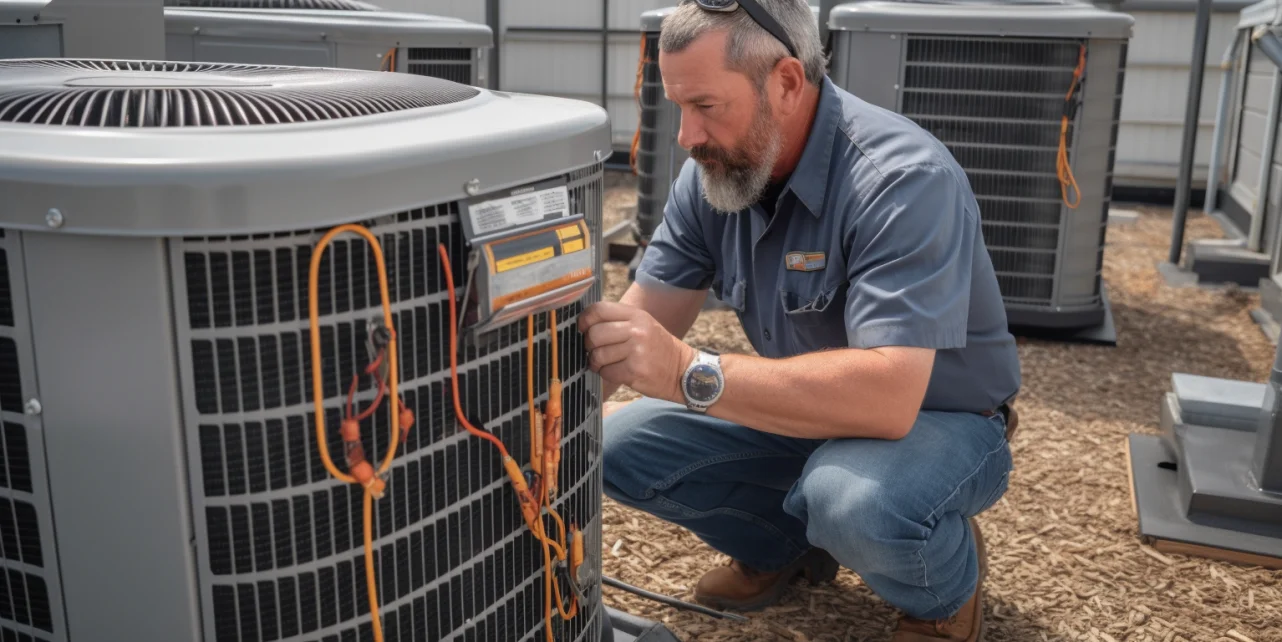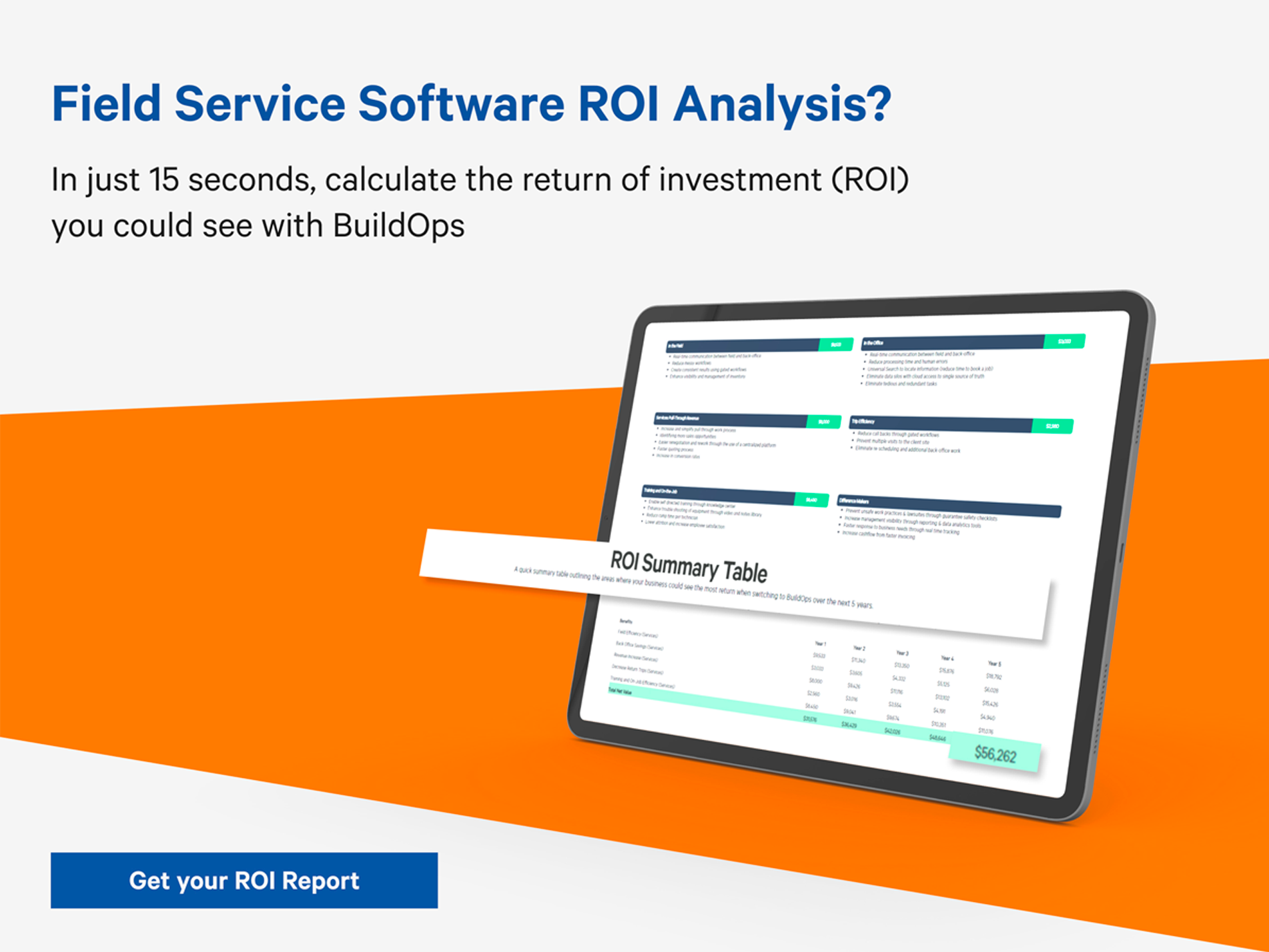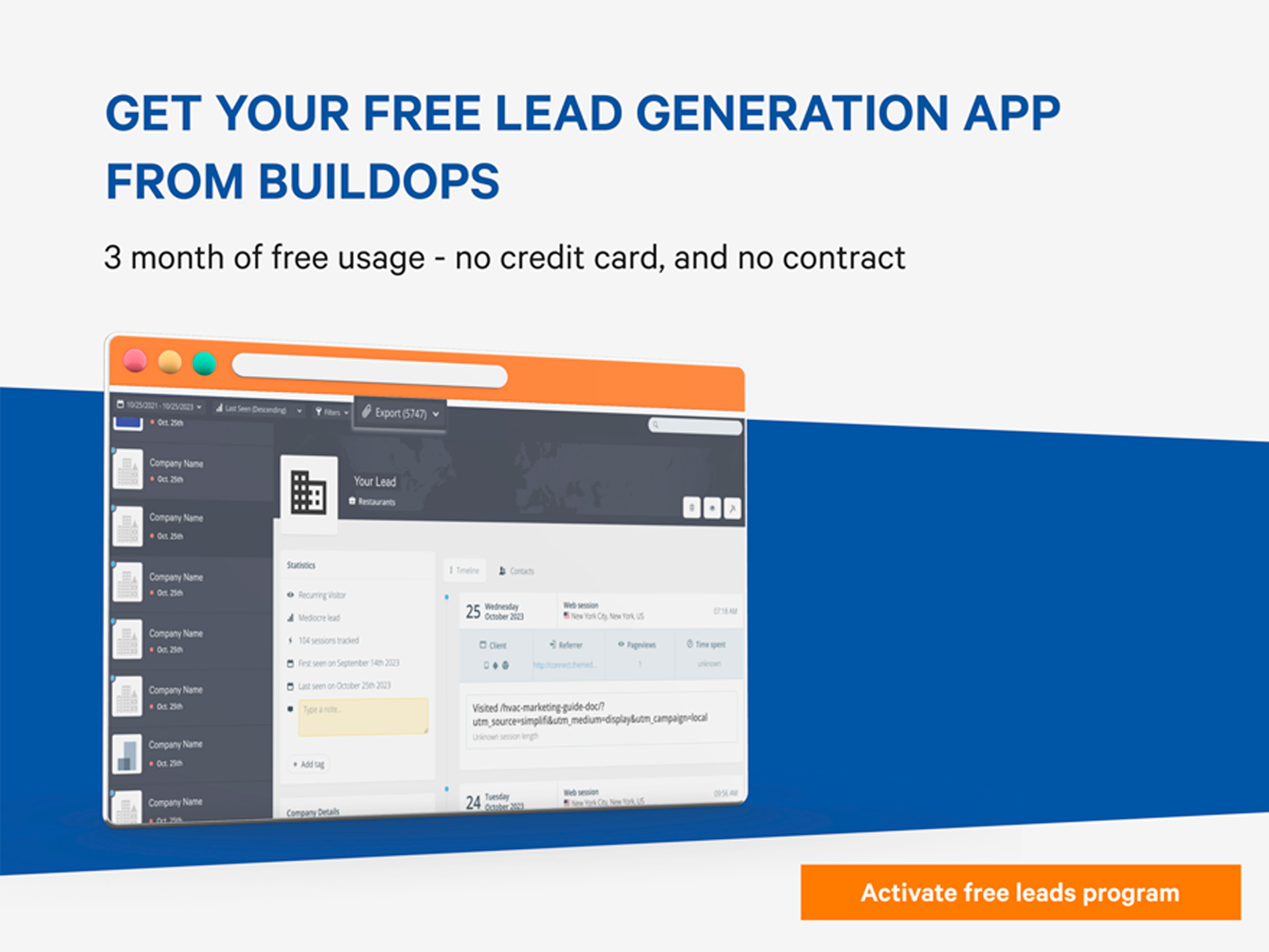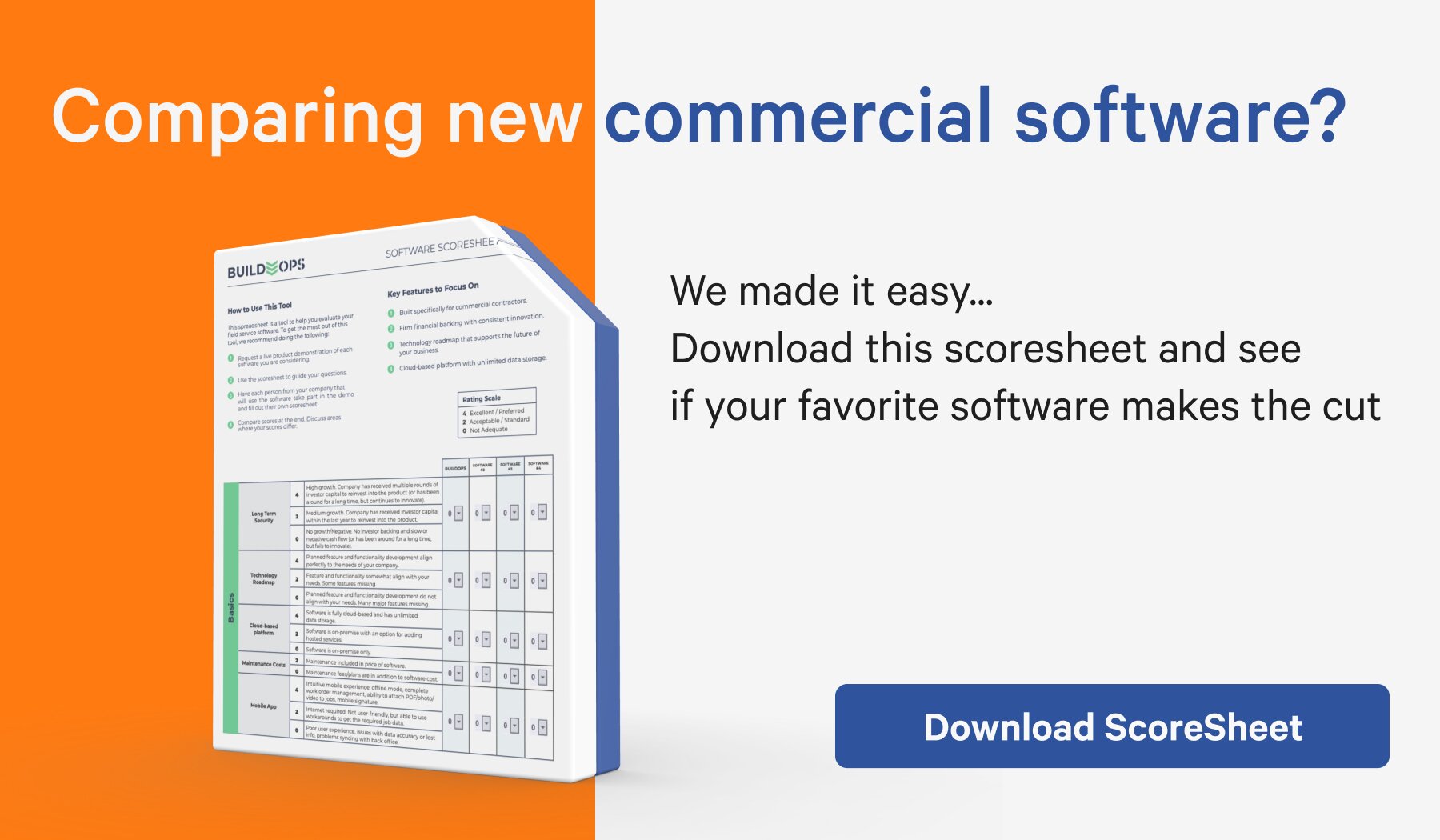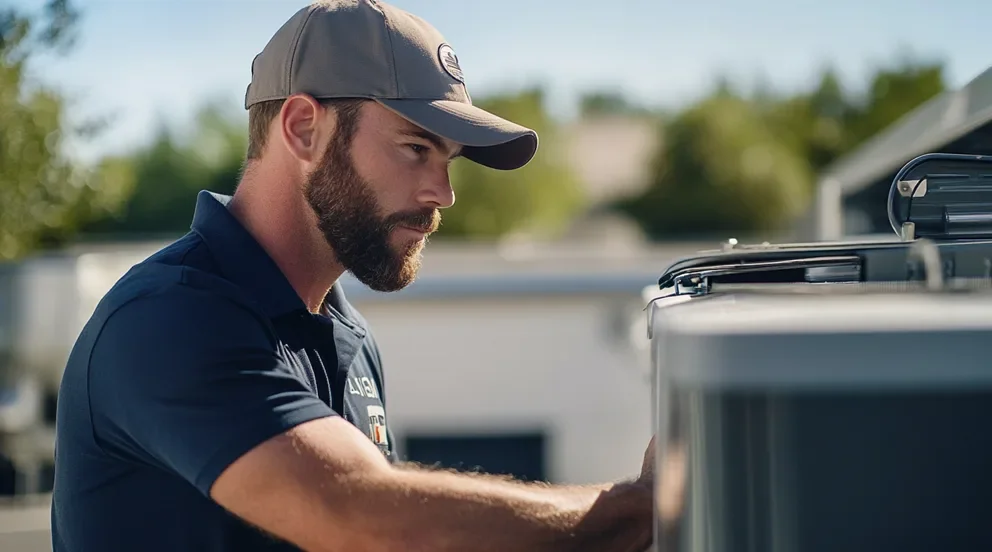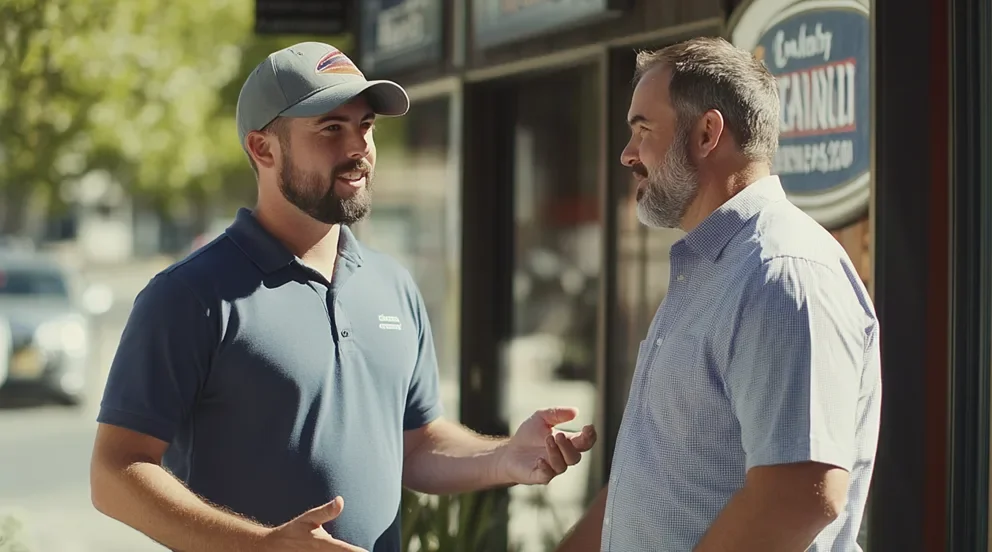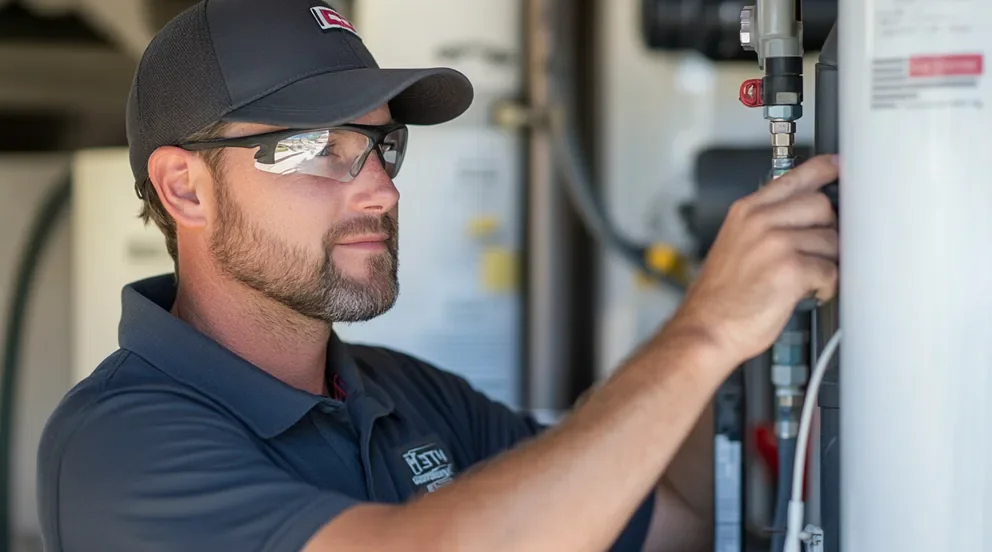An HVAC (Heating, Ventilation, and Air Conditioning) system is an essential appliance in most homes and commercial buildings. It is responsible for regulating the temperature, humidity, and air quality in a building. But what is the cost of having an HVAC system installed, and is it worth the investment?
The cost of an HVAC system can vary depending on several factors. Some of the main factors that affect the cost include the type and size of the system, the complexity of the installation, and the location of the building. Generally, the cost of a basic HVAC system can range from $3,000 to $10,000, while a more complex system can cost up to $20,000 or more.
The type of HVAC system you choose will have a significant impact on the overall cost. A central heating and cooling system, which is the most common type, can be more expensive due to the additional ductwork and installation needed. On the other hand, a mini-split system, which does not require ductwork, may be a more affordable option.
The size of the system is also an important factor to consider. A larger system will cost more than a smaller one, as it will require more materials and labor for installation. The size of your building, as well as the climate in your area, will determine the size of the system needed.
The complexity of the installation is another factor that can affect the cost of an HVAC system. For example, if your building does not have existing ductwork, installing a central system will require more work and therefore, cost more. Other factors that can add to the complexity and cost of installation include the layout of the building and any necessary upgrades to the electrical or plumbing systems.
Lastly, the location of the building can also impact the cost of an HVAC system. If you live in an area with high labor costs or extreme weather conditions, the cost of installation may be higher.
While the initial cost of an HVAC system may seem steep, it is important to consider the long-term benefits. A well-functioning HVAC system can improve energy efficiency, reduce utility bills, and provide a comfortable living or working environment. Additionally, regular maintenance can prolong the lifespan of the system, making it a worthwhile investment in the long run.
In conclusion, the cost of an HVAC system can vary depending on several factors. It is important to consider the type, size, complexity of installation, and location before making a decision. While the initial cost may seem high, the benefits of having a functional HVAC system make it a valuable investment for any building.
Factors Affecting the Cost of an HVAC System
The cost of an HVAC system can be influenced by several factors, including the type and size of the system, the complexity of installation, and the location of the building.
One of the main factors in determining the cost of an HVAC system is the type of system chosen. A central heating and cooling system, which is the most common, can be more expensive due to the additional ductwork and installation required. On the other hand, a mini-split system, which does not need ductwork, may be a more affordable option.
The size of the system also plays a significant role in the cost. A larger system will require more materials and labor for installation, making it more expensive than a smaller system. The size of the building and the climate in the area will determine the appropriate size of the system.
The complexity of the installation is another factor that can impact the cost. Buildings without existing ductwork may require additional work and materials for installation, increasing the overall cost.
Lastly, the location of the building can also affect the cost of an HVAC system. Areas with high labor costs or extreme weather conditions may have higher installation costs.
While the initial cost of an HVAC system may seem expensive, it is essential to consider the long-term benefits. A properly functioning system can improve energy efficiency, lower utility bills, and provide a comfortable living or working environment. Regular maintenance can also extend the lifespan of the system, making it a valuable investment in the long run.
Types of HVAC Systems and Their Associated Costs
There are different types of HVAC systems available in the market, and the cost can vary depending on the type chosen.
1. Central Heating and Cooling System
This is the most common type of HVAC system, which consists of a central furnace or boiler connected to a system of ducts that distribute heated or cooled air throughout the building. The cost of a central system can range from $3,000 to $10,000 or more, depending on the size and complexity of installation.
2. Mini-Split System
A mini-split system does not require ductwork and is a more cost-effective option for smaller spaces. It consists of an outdoor unit connected to one or more indoor units, allowing for individual temperature control in each room. The cost of a mini-split system can range from $1,500 to $5,000.
3. Heat Pump System
A heat pump system works by transferring heat from one place to another, providing both heating and cooling functions. It can be more energy-efficient than a traditional central system, but the initial cost can range from $2,500 to $7,500.
4. Geothermal System
A geothermal system uses the natural heat from the ground to heat and cool a building. It can be the most energy-efficient option, but the installation cost can range from $10,000 to $25,000 or more.
5. Hybrid System
A hybrid system combines a heat pump with a gas furnace, allowing for more efficient heating in colder temperatures. The cost of a hybrid system can range from $6,000 to $15,000.
Understanding the Installation Process and Its Impact on Cost
Installing an HVAC system is a complex process that requires the expertise of trained professionals. The installation process can vary depending on the type of system and the specific needs of the building, and it can impact the overall cost of the system.
The first step in the installation process is assessing the specific needs of the building. This includes determining the appropriate size and type of system needed to effectively regulate the temperature and air quality. Factors such as the layout of the building, existing ductwork, and the climate in the area also play a role in this assessment.
Once the needs of the building have been established, the actual installation process can begin. For central heating and cooling systems, this typically involves installing the outdoor unit, connecting it to the indoor unit, and then installing the necessary ductwork. The complexity of this process can vary depending on the layout and size of the building.
For mini-split systems, the installation process is usually less complex as it does not require ductwork. The location of the building can also affect the installation process and cost.
After the installation is complete, the system will need to be tested and adjusted to ensure it is functioning properly. Regular maintenance is also necessary to keep the system running efficiently and to prolong its lifespan.
Long-Term Benefits of Investing in an HVAC System
Investing in an HVAC (Heating, Ventilation, and Air Conditioning) system may seem like a significant expense, but it can provide long-term benefits for both homeowners and commercial building owners.
One of the primary benefits of an HVAC system is improved energy efficiency. A properly functioning system can regulate temperature and air quality, resulting in reduced energy consumption and utility bills.
Another benefit is improved comfort. With an HVAC system, you can regulate the temperature and humidity in your building, creating a more comfortable living or working environment. This can increase productivity and overall satisfaction.
Proper ventilation is also essential for air quality and can have a significant impact on health. An HVAC system circulates and filters air, removing dust, allergens, and other pollutants. This can improve indoor air quality and reduce the risk of respiratory issues and allergies.
Investing in an HVAC system also adds value to a property. Potential buyers or renters will see the system as a valuable addition, and it can increase the resale or rental value of a building. This makes an HVAC system a worthwhile investment, especially for those planning to sell or lease their property in the future.
Is an HVAC System Worth the Cost?
The cost of an HVAC (Heating, Ventilation, and Air Conditioning) system can vary depending on factors such as type, size, complexity of installation, and location. While the initial cost may seem steep, it is important to consider the long-term benefits of investing in an HVAC system.
Some of the benefits of having a functional HVAC system include improved energy efficiency, lower utility bills, and increased comfort. Proper ventilation also contributes to better air quality, reducing the risk of respiratory issues and allergies. Additionally, investing in an HVAC system can add value to a property, making it a worthwhile investment for homeowners and commercial building owners.
Key Takeaways
1. The cost of an HVAC system can vary based on factors such as type, size, complexity of installation, and location.
2. Different types of systems, such as central heating and cooling or mini-split systems, have different costs.
3. The installation process, including assessing the building’s needs and testing the system, can impact the overall cost.
4. Despite the initial expense, investing in an HVAC system has long-term benefits, including improved energy efficiency, comfort, air quality, and property value.
